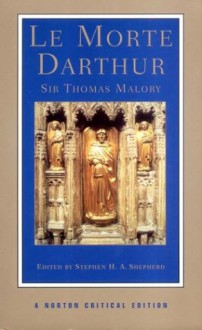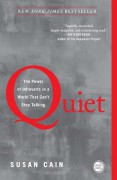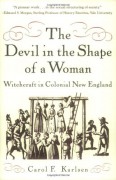
Fitness Tips for Working Women
Fitness tips for working women: Perfect health and fitness indicates, if we are healthy physically, mentally, emotionally and spiritually. If we are able to accomplish all functions of the body without any problem then one should think, one is sound and healthy and keeps perfect health. The body functions well coordinated, the digestive system and the excretory system come at the top. If these two systems of the body are working properly and in coordination then rest other systems automatically will be perfect and will increase the efficiency of all the activities.
Read more: Best health and fitness tips

 Log in with Facebook
Log in with Facebook 















